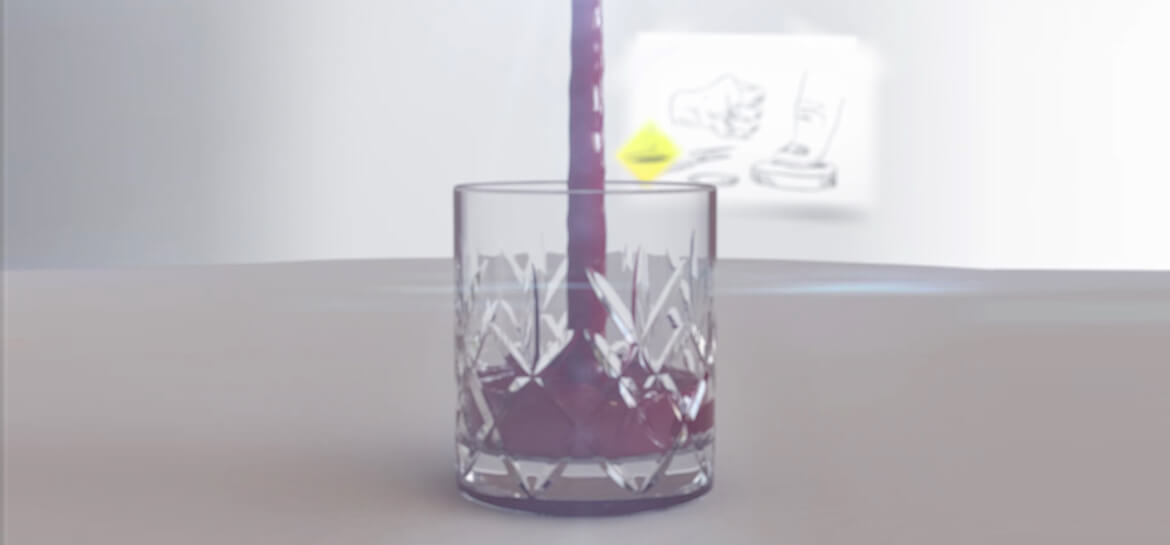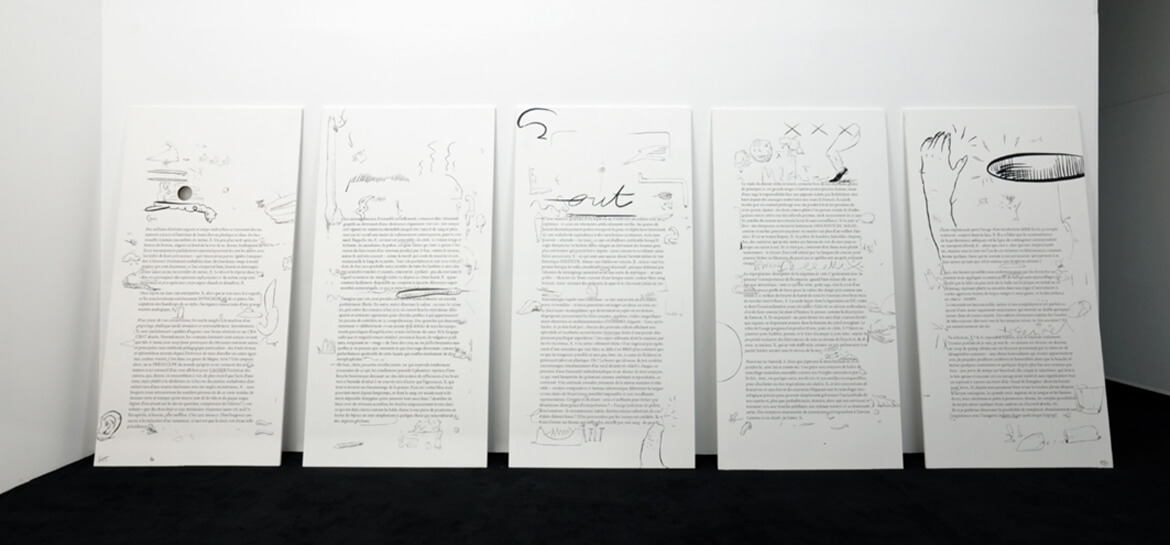SEARCH THE ENTIRE SITE

ED ATKINS
BASTARDSThrough videos, installations, texts and drawings, Ed Atkins (b. 1982, lives and works in London) has developed an extremely singular body of work where certain paradoxes of our time are performed and critiqued.
How might one manage to apprehend the essence of things, the emotional interiority of beings—those intangible aspects of our lives—through matter, through our bodies? Underpinned by writing that confuses signs, references and sources—where image and language intertwine and one cannot be sure whether to look or to read—the artist makes work that performs a powerful travesty of our self-image. Ed Atkins is interested in returning the matter that eludes the embodiment of oneself so often kept beyond availability. Citing writers and thinkers from Maurice Blanchot to Catherine Malabou, themes of disappearance, immanence and embodiment are recurrent in Atkins’ oeuvre—personified in the figure of the cadaver, performing as both dramatis personae and mortal limit.
Fundamental questions around what we can see, touch and represent are rehearsed through specific contingencies of now. Through High Definition video, Computer Generated Imagery and surround sound, the artist plunges us into a digital imagery that aims to imitate the material world to such a degree as to radically disturb our relationship to the world and how it might be represented. Through myriad cinematic tropes—blurring, lens-flares, scratches, immersive sound, color and ferocious editing—the artist composes a visceral and organic work, where each video establishes its own body as a point of reflection; a point of empathy and surrogacy for the audience.
For his first exhibition in France, Ed Atkins presents Ribbons (2014), a monumental three-channel High Definition video installation whose soundtrack invades the entire exhibition space. The protagonist’s speech, which oscillates between lamentation, self-loathing and desperate plea, enters into a rhythm with the video’s entire structure; a place where his phantasmatic thoughts drift and echo within a continuous flux of image, text and music. Delirious, possessed and monstrous, the figure is “under influence,” defined by external control: alcohol, social consensuses, mores, the haunted digital medium and the artist himself. At the center of the work lies a primary question regarding self-representation, of an internal slipperiness of being, of doubt, that the artist performs—makes literal—through the use and misuse of digital technologies; magical, paradoxical forms that loiter between this world and another, between the materiality of bodies and that ungraspable immaterial.
Curator: Rebecca Lamarche-Vadel
This exhibition benefits of the support of FLUXUS

